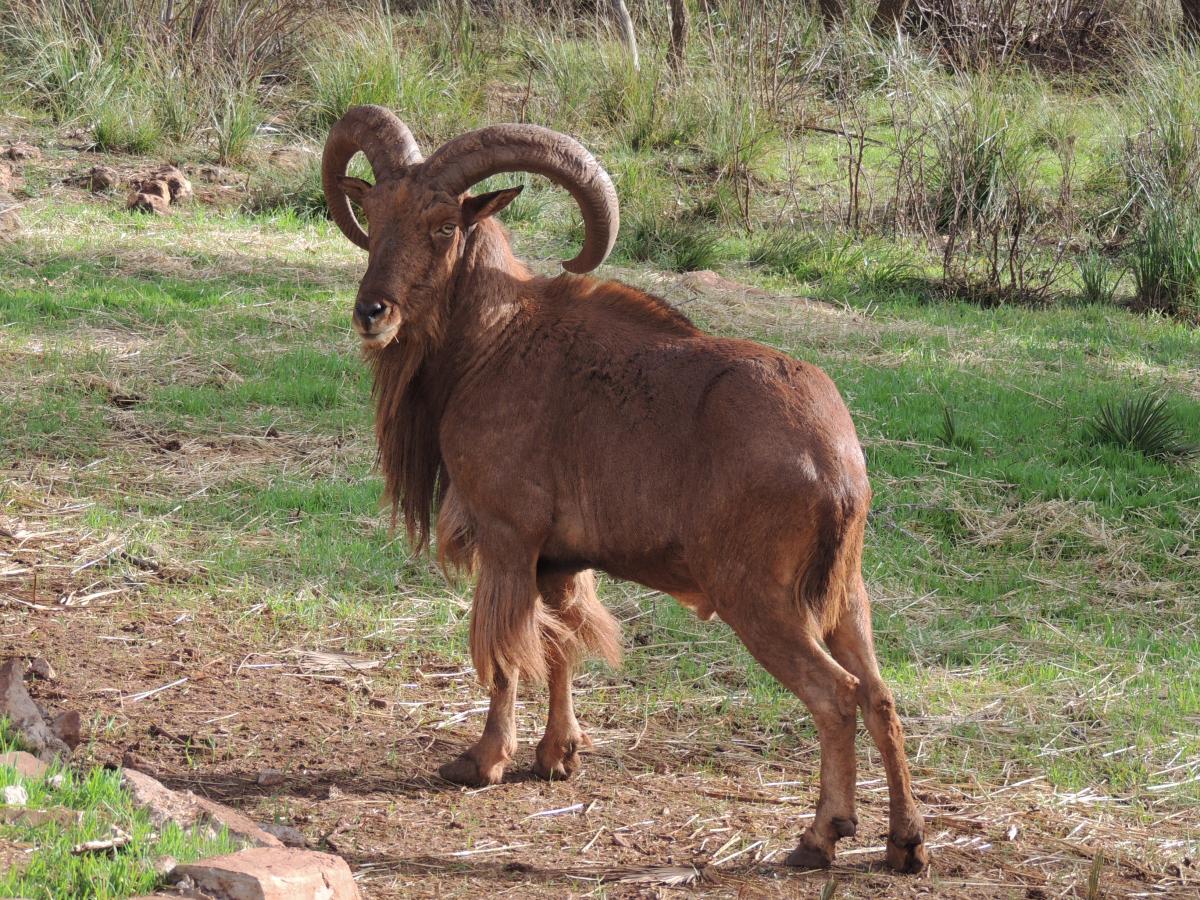The Eastern High Atlas National Park has just welcomed a new group of residents. Around twenty Barbary sheep have been reintroduced into the wild by Morocco’s National Agency for Water and Forests, as part of a broader effort to restore a dwindling population and help rebalance the region’s delicate ecosystem. These mountain-dwelling herbivores, once a common sight in the area, are returning to a landscape that remains ideally suited to their survival.
Known for its rich biodiversity, the park offers a natural refuge for these animals and plays a vital role in the protection of native species. Their reintroduction is expected not only to strengthen the ecological health of the area but also to reaffirm the park’s importance as a stronghold of Moroccan wildlife conservation.
What sets this initiative apart is the deep involvement of local communities, who have been engaged from the very beginning. Through awareness campaigns and participatory efforts, residents have become active stakeholders in the preservation of their environment. This collaborative approach is helping to foster a shared sense of responsibility and long-term commitment to conservation.
Beyond the ecological dimension, the project also carries potential economic benefits. A thriving population of Barbary sheep could lay the foundation for a new model of sustainable tourism—one that draws visitors eager to experience Morocco’s natural heritage while generating income and creating new opportunities for local families.
The reintroduction effort is part of Morocco’s broader 2020–2030 Forest Strategy, which includes a national plan to protect endangered species. Through concrete, on-the-ground actions, the National Agency for Water and Forests is working to transform protected areas into spaces where both biodiversity and local development can thrive side by side.
